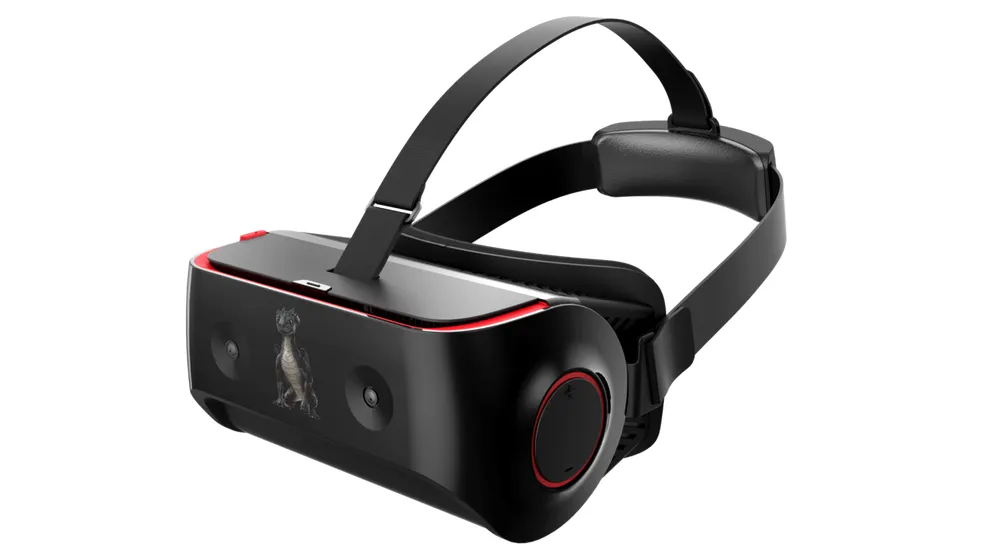Chipmaker Qualcomm may be ready to usher in a new wave of VR later this year.
The company has today revealed a reference design for a standalone VR headset. That means a device that isn’t tethered to a PC, nor aided by a powerful mobile phone; it runs completely off of embedded hardware. According to ZDNet, this specific design uses the company’s Snapdragon 820 processor, and is named the Snapdragon VR820.
The standalone design isn’t the only trick up Qualcomm’s sleeve, though. The reference also includes eye-tracking with two cameras, dual front-facing cameras allowing for six degrees of freedom (6DOF) head-tracking and acting as a passthrough option to see the real world in-headset. It also has four microphones (we’re not sure why) and includes gyro, accelerometer and magnetometer sensors. Original design manufacturer (ODM) Goertek will be helping to build the design.
That could mean a lot of things for VR. Currently the only other headset with fully integrated eye-tracking is the upcoming FOVE, but its inclusion here could make it a much more widely adopted concept.
But what does a reference design mean? It suggests that Qualcomm itself isn’t actually releasing its own VR headset, they’re just releasing the necessary information for manufacturers to build one themselves. The company would of course profit from any other manufacturer that takes the design and uses the Snapdragon 820 to build a standalone VR headset, so it’s definitely in its own interest to promote the concept.
Qualcomm is apparently aiming to release these specifications in the fourth quarter of this year. Speaking to ZDNet, Qualcomm Home Entertainment business lead Hugo Swart said the company was “seeing increasing demand for standalone VR” headsets.
The use of the Snapdragon 820 chipset is interesting, given that another report coming from The Verge today confirms that its successor, the Snapdragon 821 processor, will support Google’s upcoming Daydream mobile VR ecosystem. That means you can expect a lot of the upcoming Daydream-ready phones to include the chipset, so why wouldn’t this headset reference design do the same? Perhaps an upgrade is in order before its release.
Don’t expect products built on this design to offer experiences comparable to the Oculus Rift and HTC Vive, then, but they should be in line with that we’re currently seeing on the likes of Gear VR. As for other topics like input type and display specs? Those are things we’re eager to find out about.


























